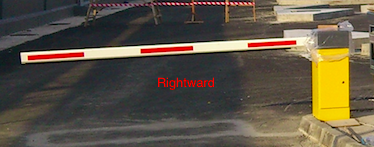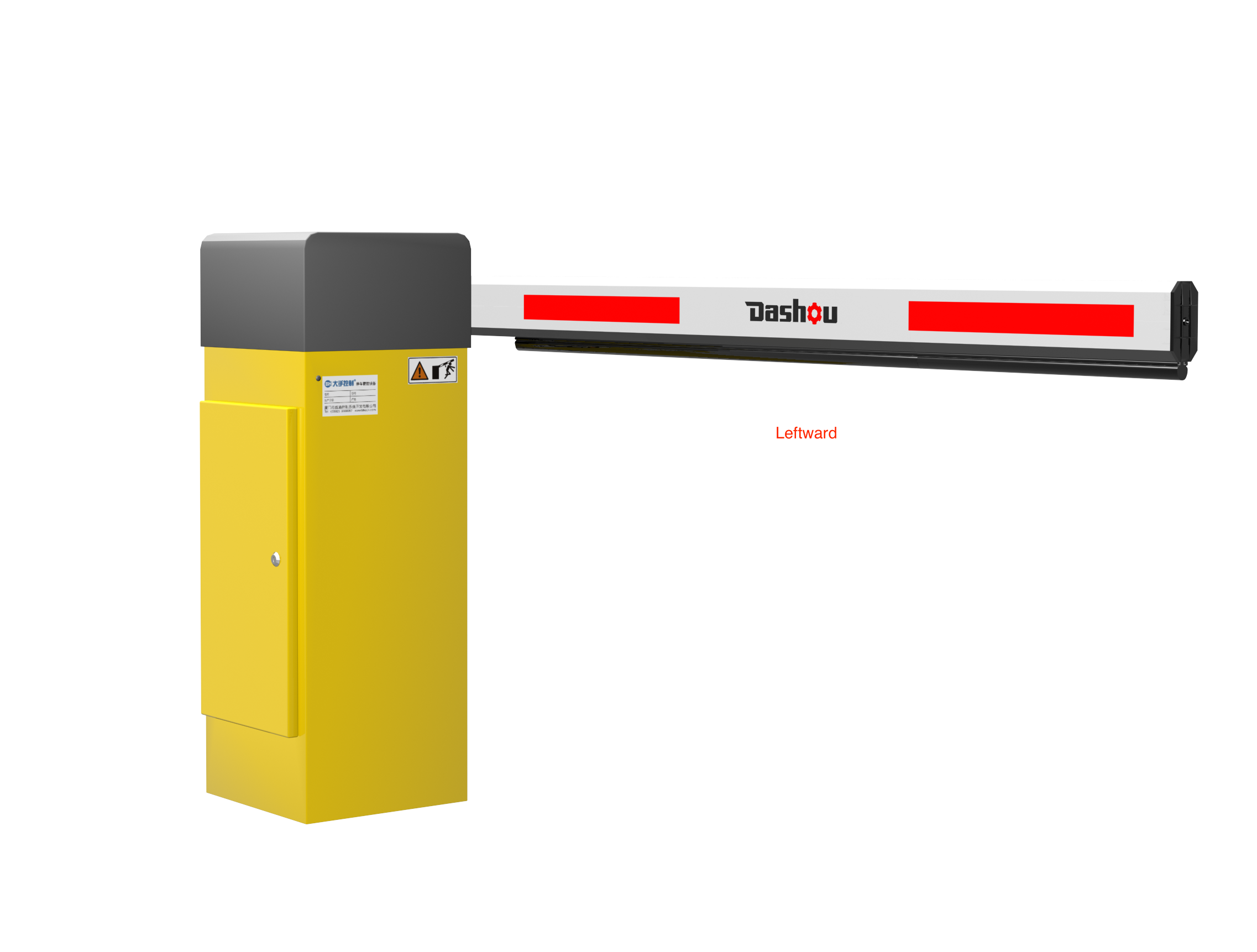Is The Boom Barrier Left/right Exchangeable?
Oct 22, 2025In the vast majority of cases, boom barriers are designed to be left/right exchangeable.
This is a fundamental design feature because the same gate model needs to be installed in a wide variety of locations with different traffic flow patterns (e.g., right-hand or left-hand traffic countries, entry vs. exit lanes).
Here’s a detailed breakdown of how it works and what's involved:
How Boom Barriers Are Made Left/Right Handed
The interchangeability is achieved through a combination of physical and software adjustments.
1. Physical & Mechanical Changes:
· Boom Arm Reversal: The most obvious step. The boom arm is unscrewed from one side of the gearbox housing and reattached to the opposite side.
· Counterbalance Spring Re-tensioning: This is the most critical step. The powerful spring inside the unit that balances the weight of the arm is calibrated for a specific side. When you switch sides, the leverage and weight distribution change completely.
· The spring must be de-tensioned, and then re-tensioned for the new orientation. This is a dangerous task that should only be done by a trained technician using the correct tools, as a misstep can lead to serious injury.
· Loop Detector Wiring (if applicable): If the gate has built-in vehicle detection loops, the wiring for the loop detectors may need to be rerouted or reconfigured to correspond to the new approach direction of the vehicles.
2. Electronic & Software Changes:
· Controller Programming: Modern boom barrier operators have a control board that can be programmed for "Left Hand" or "Right Hand" operation. This ensures that the internal logic for open/close commands and safety features aligns with the physical orientation.
· Limit Switch Adjustment: The gate has internal switches that tell the motor when the arm is fully vertical (open) and fully horizontal (closed). These often need to be adjusted or reprogrammed for the new range of motion.
---
Standard Terminology
To avoid confusion, the industry uses specific terms:
· Right-Hand (RH) Gate: The boom arm is attached to the right-side of the housing (when looking from the gate operator out towards the road). The arm swings out to the left.

· Left-Hand (LH) Gate: The boom arm is attached to the left-side of the housing. The arm swings out to the right.

Key Considerations and Limitations
1. Manufacturer Specifics: While the principle is universal, the exact process (how to change the spring tension, the programming mode to access) varies by manufacturer and model. Always consult the installation manual.
2. Professional Installation is Highly Recommended: Due to the high-tension spring and the need for precise calibration, switching the gate's handedness is not a DIY job. An improperly tensioned spring can cause the gate to operate dangerously (slamming down or failing to lift properly) and poses a severe safety risk.
3. Housing Asymmetry: In some very rare or very old models, the housing itself might not be perfectly symmetrical, with service doors or control panels only on one side. This could make swapping sides impractical. All modern gates are designed to be symmetrical for this very purpose.
4. Pre-Configured Units: Sometimes, a gate is ordered for a specific project and is pre-configured at the factory. While it can still be changed on-site, it's more efficient to specify the required handedness at the time of purchase.
Summary
· Yes, boom barriers are almost always left/right exchangeable. This is a standard feature.
· The process involves both physical work (moving the arm, re-tensioning the spring) and electronic configuration (changing the operating mode in the controller).
· Because of the significant safety risk involved with the high-tension spring, this task should always be performed by a qualified technician.
If you need to change the side of your boom barrier, the safest and most reliable course of action is to contact the supplier or a professional gate installer.